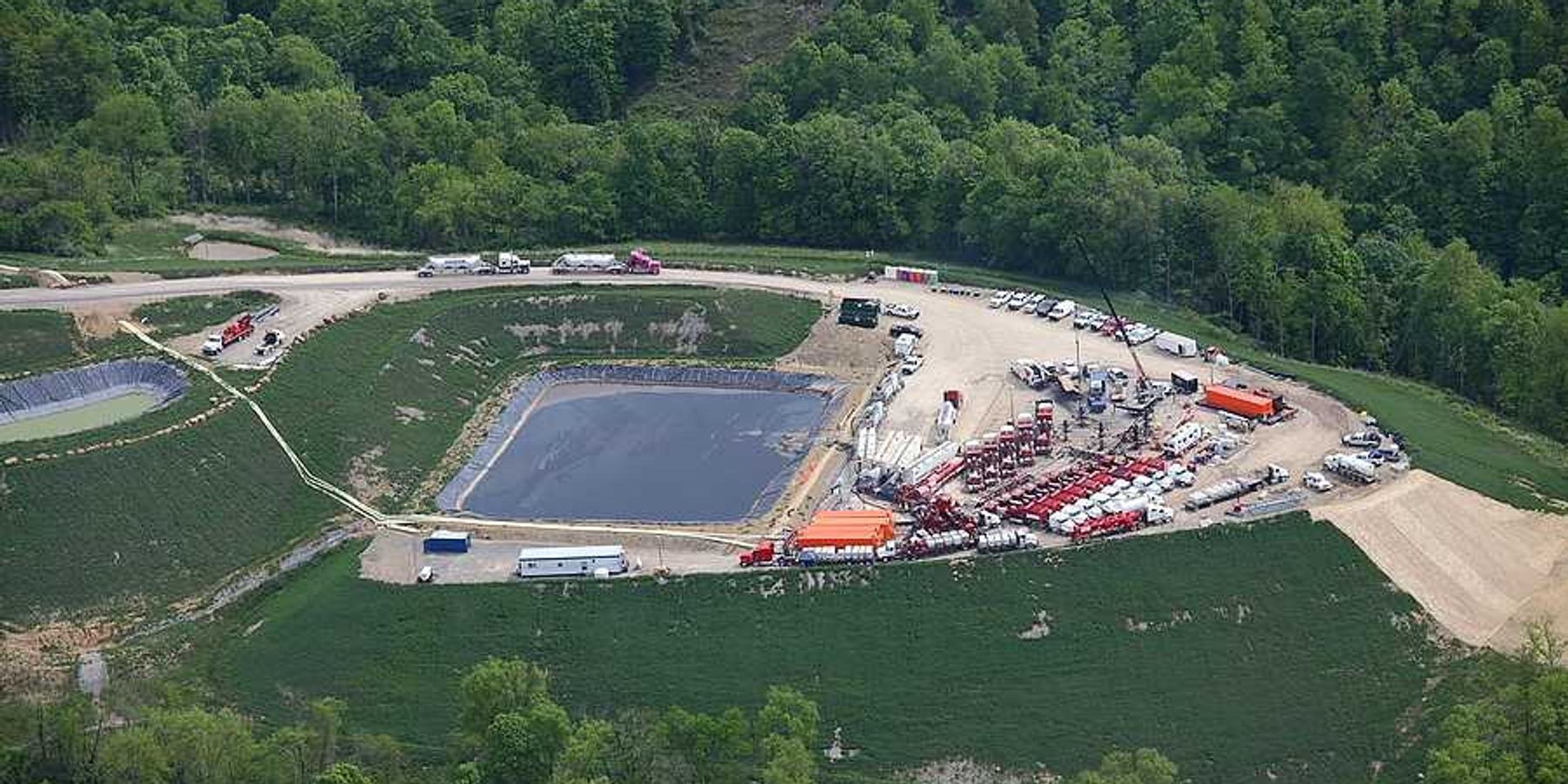Photo credit: Copyright: Cico/ BigStock Photo ID: 41270464
23h
Big Oil’s climate ads have propped up fake promises and false solutions for past 25 years, report finds
First-of-its-kind analysis of hundreds of climate-related advertisements from BP, Chevron, ExxonMobil and Shell suggests that oil companies are continuing to mislead the public on climate.
Read the Full Article on insideclimatenews.org
insideclimatenews.org
Credit: Getty Images/Unsplash+
23h
Mapped: Pro-Trump Heartland Institute’s European network
The U.S.-based Heartland Institute, a leading force in climate science denial, has spent the past year cultivating ties with right-wing parties across the UK and Europe in an effort to weaken climate regulations and promote fossil fuel interests.
Read the Full Article on www.desmog.com
www.desmog.com
Photo by Wes Warren on Unsplash
23h
Federal judge blocks FEMA from canceling climate resiliency grants
A Thursday ruling said the Trump administration cannot eliminate the Building Resilient Infrastructure and Communities program without Congress.
Read the Full Article on www.nytimes.com
www.nytimes.com
Credit: Getty Images/Unsplash+
23h
Catastrophic US floods linked to hotter climate
Rising temperatures and extreme rainfall might not seem connected, but they often are. Here's how.
Read the Full Article on www.dw.com
www.dw.com
Credit: Ernests Vaga/Unsplash
23h
First climate migrants arrive in Australia from sinking Tuvalu in South Pacific
The first climate migrants to leave the remote Pacific island nation of Tuvalu have arrived in Australia, hoping to preserve links to their sinking island home, foreign affairs officials said.
Read the Full Article on www.reuters.com
www.reuters.com
Copyright: shutterrudder/BigStock Photo ID: 53059774
12 December
Fracking waste threatens Permian Basin water supplies, imperils oil industry plans
Drilling is producting massive amounts of wastewater. That has regulators and companies scrambling for places to put it.
Read the Full Article on www.eenews.net
www.eenews.net
Photo Credit: lcs813/ BigStock Photo ID: 72732643
12 December
‘Direct violation’: Alberta ignored its own rules by transferring wells to delinquent oil company, data suggests
New evidence suggests the Alberta Energy Regulator ignored a ministerial order — and critics say that’s just the tip of the iceberg.
Read the Full Article on thenarwhal.ca
thenarwhal.ca
From our Newsroom
Multiple Houston-area oil and gas facilities that have violated pollution laws are seeking permit renewals
One facility has emitted cancer-causing chemicals into waterways at levels up to 520% higher than legal limits.
Pennsylvania health advocates say Trump’s first 100 days in office have caused “100 harms” to local communities
“They're terrorizing these scientists because they want to keep them silent.”
Regulators are underestimating health impacts from air pollution: Study
"The reality is, we are not exposed to one chemical at a time.”
Two years into his term, has Gov. Shapiro kept his promises to regulate Pennsylvania’s fracking industry?
A new report assesses the administration’s progress and makes new recommendations
An open letter from EPA staff to the American public
“We cannot stand by and allow this to happen. We need to hold this administration accountable.”
New evidence links heavy metal pollution with wildfire retardants
“The chemical black box” that blankets wildfire-impacted areas is increasingly under scrutiny.













